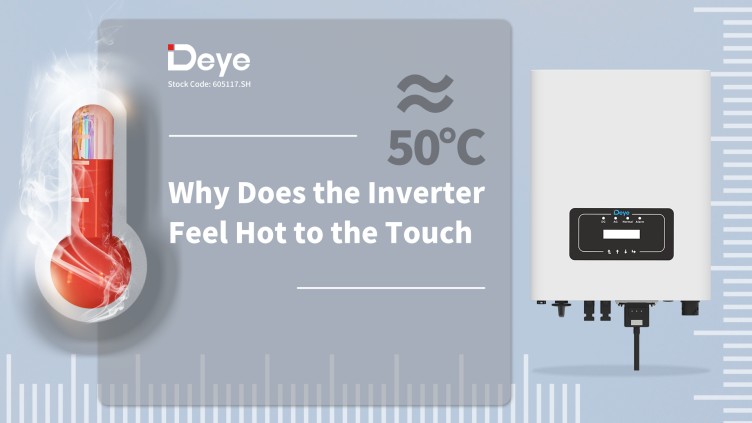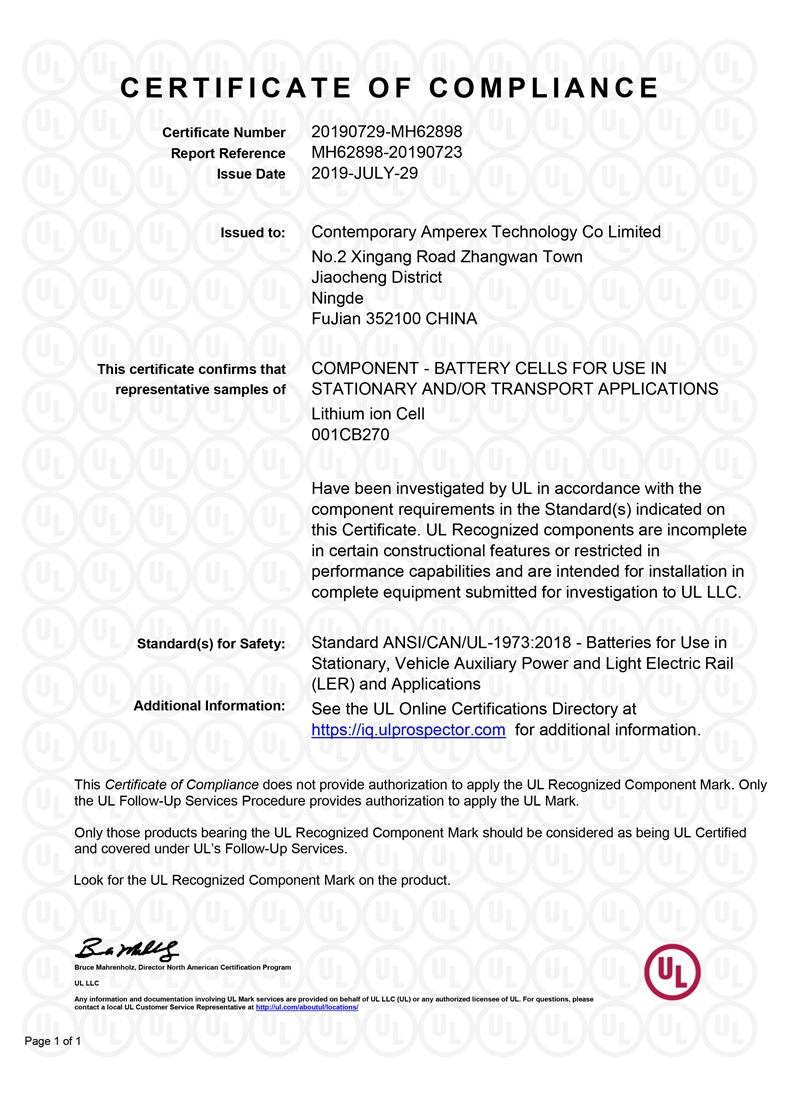Blog
Why Does the Inverter Enclosure Feel Hot to the Touch?
2025-08-02 | Calvin

As a power electronic device, inverters face thermal challenges just like all electronic products. Especially during summer, excessively high outdoor temperatures can affect an inverter's heat dissipation, causing its surface structure to become hot to the touch.
Why Does It Generate Heat?
The rated operating temperature of components in an inverter is closely related to their thermal conductivity performance. The more balanced the internal and external temperatures of the inverter, the better its thermal conduction performance. The heat dissipation principle of inverters is similar to that of ordinary cups - the enclosure serves as part of the inverter's cooling system, conducting some of the internal components' heat. Using thermally conductive materials can quickly transfer heat from internal components, rapidly lowering their temperature, thereby improving the inverter's performance and service life.
Why Does an Inverter Need Heat Dissipation?
All components in an inverter have rated operating temperatures. If the inverter has poor heat dissipation performance, continuous operation will cause heat to accumulate inside the enclosure. As internal temperatures rise excessively, component performance and lifespan will degrade, making the inverter more prone to malfunctions.
Inverter Heat Dissipation Design
Current inverter cooling technologies include natural cooling, forced air cooling, and liquid cooling, with natural cooling and forced air cooling being the primary applications. For low-power inverters, we use aluminum heat sinks that maximize surface area to enhance air contact and rapid heat dissipation. For higher-power models, in addition to enlarged heat sinks, we incorporate intelligently controlled cooling fans to implement forced air cooling mechanisms that accelerate airflow and achieve excellent heat dissipation.
The Role of the Inverter Enclosure in Heat Dissipation
Beyond heat sinks, the inverter enclosure itself shares cooling responsibilities and optimizes the heat transfer process. Using an integrated enclosure structure where heat sinks are tightly connected to the enclosure allows component heat to be directly conducted to the enclosure. Simultaneously, component heat can also transfer to the enclosure through internal air convection before dissipating to the external environment, creating dual heat dissipation pathways.
Conclusion
As part of the inverter's cooling system, the enclosure effectively conducts some of the heat generated by components. During high summer temperatures, the inverter enclosure may reach about 60°C - this is normal. As long as internal temperatures remain within allowable limits, the inverter can continue operating at full power normally.
- Next:How Long Does It Take to Charge a 48V Lithium-Ion Battery?
- Previous:Tesla Battery Types: A Simple Guide for Model S, 3, X, and Y
Contact Details
Lithium LiFePO4 Batteries and Lithium LiFePO4 Cells Supplier - LiFePO4 Battery Shop
Contact Person: Miss. Elena Wang
WhatsApp : +8615263269227
Skype : +8615263269227
WeChat :15263269227
Email : info@lifepo4batteryshop.com
All Products
- A123 Battery (5)
- Sinopoly Battery (7)
- GBS Battery (16)
- CALB Battery (22)
- Cylindrical Cell (3)
- Energy Storage System (0)
- Battery Management System (2)
- Sodium ion Battery Cell (3)
- Lithium Titanate Battery (16)
- Ternary Lithium Battery Cell (11)
- REPT Battery (8)
- BYD Battery (2)
- CATL Battery (14)
- Thunder Sky Winston Battery (21)
- EVE Battery (29)
- LiFePO4 Battery Cell (4)
Certification
Customer Reviews
- I have fond memories of our meeting in Shanghai with LiFePO4 Battery Shop Elena. Your company left a strong impression on me with its impressive growth and professionalism. We both value straightforwardness and honesty, which I believe are the most important qualities in any partnership. I am confident that we can build a successful collaboration based on these shared values. —— Robert from USA
- I've been working with LiFePO4 Battery Shop for years, and their reliability is unmatched. While other suppliers frequently change sales teams, LiFePO4 Battery Shop has consistently provided exceptional service with a stable team. Their commitment to quality and customer support truly sets them apart. —— Henry from Australia



